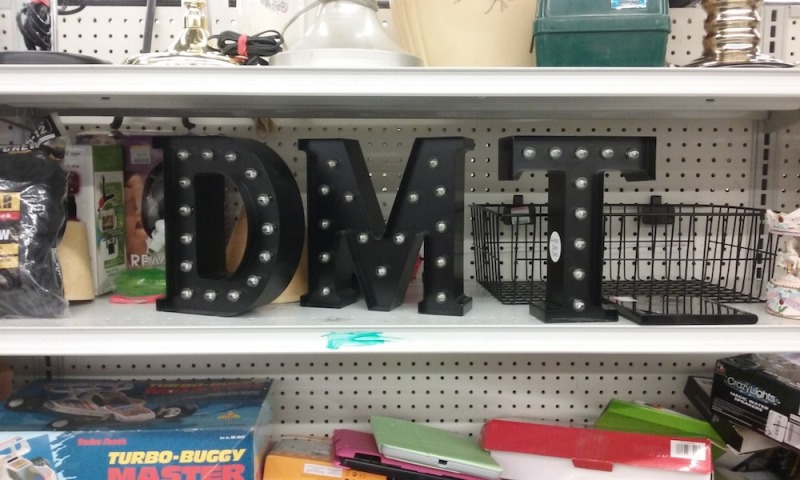...more recent posts
greenberg reader
LEO STEINBERG (1920-)
Excerpt from Other Criteria: The Flatbed Picture Plane
I borrow the term from the flatbed printing press—‘a horizontal bed on which a horizontal printing surface rests’ (Webster). And I propose to use the word to describe the characteristic picture plane of the 1960s—a pictorial surface whose angulation with respect to the human posture is the precondition of its changed content.
post edit: Link / its a pdf. figured he was (AW). i cant post a comment yet w new system. duh.
Buren, Mosset, Parmentier, Toroni at Hunter College’s 205 Hudson Gallery
February 27 to April 10, 2016
205 Hudson Street (at Canal Street)
New York, 212 772 4991
Lust for life drawing
Cornelius Cardew was a fascinating figure. Both in his life, and through his music, he posed questions with which I find myself in equal sympathy and conflict. He is undeniably one of the most important figures in the Post-War British avant-garde. Cardew, by all accounts, was a prodigy. During his early twenties he worked at the highest levels of performance. In 1958 (age 22) he won a scholarship to study at the Studio for Electronic Music in Cologne, and was promptly asked by Karlheinz Stockhausen to serve as his assistant. Stockhausen’s recollections of Cardew are drenched in respect. He was one of the few people whom he allowed to work on his scores unsupervised. During the late 50’s, influenced by John Cage and other members of his generation, Cardew abandoned Serialism and began to compose scores utilizing indeterminacy and experiment. It was this period of his work for which he is most remembered, and from which Treatise (our subject) comes. In 1967 he joined the iconic free-improvisation collective AMM with Lou Gare, Eddie Prévost, Keith Rowe and Christopher Hobbs, which advanced his sense of compositional possibility. The following year with Howard Skempton and Michael Parsons he formed the equally important Scratch Orchestra, which grew into a large ensemble, preforming over the following four years.
